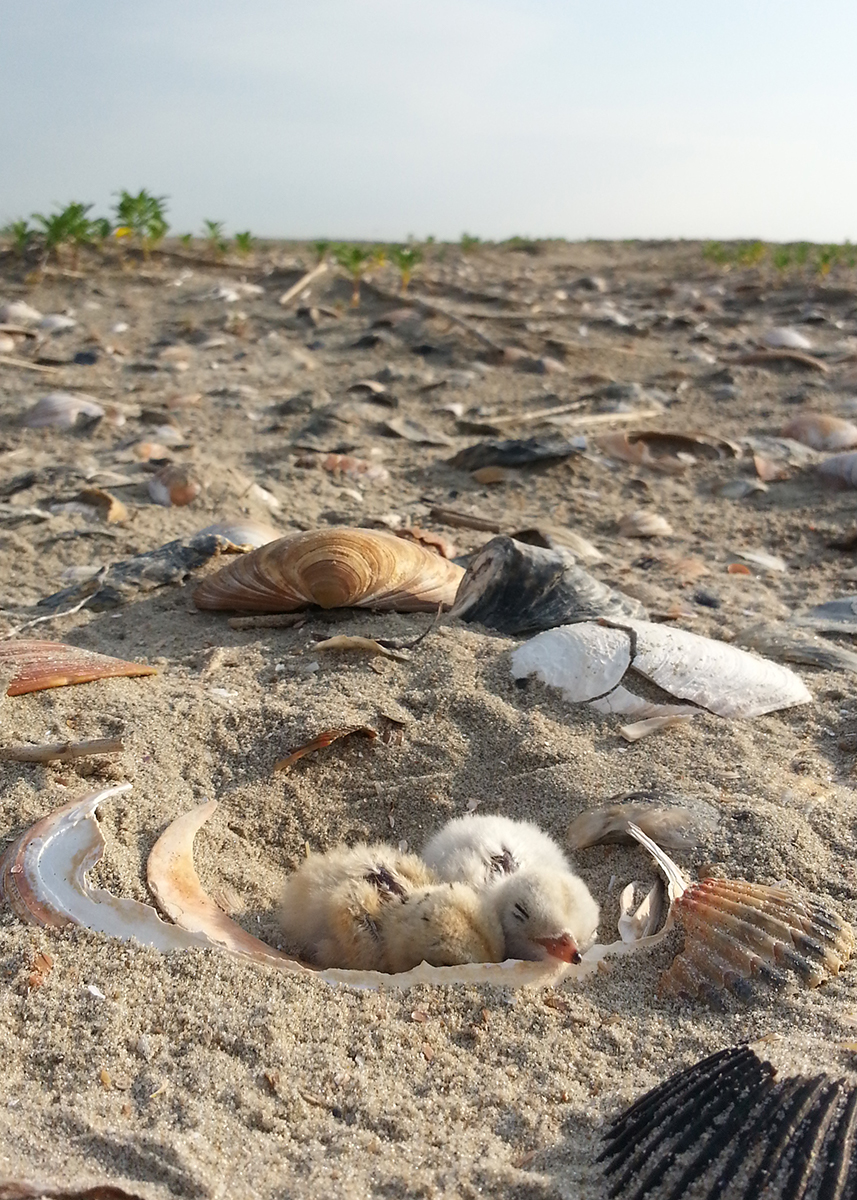Frequently Asked Questions
Everything you need to know before you…Explore Our Seaside
Here you will find answers to some of the most commonly asked questions about exploring the seaside of Virginia’s Eastern Shore. If you don’t find the answer you are looking for, please let us know!
The seaside of Virginia’s Eastern Shore is almost entirely owned and managed by non-profit, state, and federal agencies. These partners share the common goal of protecting natural resources, while balancing sustainable recreational and economic use of the seaside. Please visit specific Site Pages for information about ownership, management and visitation policies when planning a trip.
Fisherman Island, Ship Shoal Island, Little Cobb Island and Wallops Island are closed to the public year-round. Most of Virginia’s other barrier islands are open to the public for low-impact recreational use with seasonal restrictions in place to protect sensitive resources. Please visit site pages for specific information.
| Island Name | Owned By | Open/Closed | Seasonal Restrictions |
|---|---|---|---|
| Wallops | National Aeronautics and Space Administration | Closed to public | |
| Assateague | U.S. Fish and Wildlife Service | Open to public | Toms Cove Hook closed March 15 - September 1 |
| Chincoteague | U.S. Fish and Wildlife Service | Open to public | Dunes always closed |
| Assawoman | U.S. Fish and Wildlife Service | Open to public September 16 - March 14 | Closed March 15 - September 15 |
| Metompkin | The Nature Conservancy | Open to public | Closed above high tide line April - August |
| Cedar | Open to public | Closed above high tide line April - August | |
| Parramore | The Nature Conservancy | Open to public | Closed above high tide line April - August |
| Hog | The Nature Conservancy | Open to public | Closed above high tide line April - August |
| Cobb | The Nature Conservancy | Open to public | Closed above high tide line April - August |
| Little Cobb | The Nature Conservancy | Closed to public | |
| Wreck | Department of Conservation and Recreation | Open to public September 1 - April 14 | Closed April 15 - August 31 |
| Mockhorn | Virginia Department of Game and Inland Fisheries | Open to public | No restrictions |
| Ship Shoal | The Nature Conservancy | Closed to public | |
| Myrtle/Mink | The Nature Conservancy | Open to public | Closed above high tide line April - August |
| Smith | The Nature Conservancy | Open to public | Closed above high tide line April - August |
| Fisherman | U.S. Fish and Wildlife Service | Closed to public |
Dogs are not permitted on most Virginia barrier islands. Dogs are permitted at Mockhorn Wildlife Management Area and state owned sandbars and marsh islands. Leashed dogs are permitted at Wreck Island Natural Area Preserve except between April 15 and September 1 when the island is closed to protect sensitive resources.
Note that dogs are prohibited at Wise Point Boat Ramp and at Chincoteague National Wildlife Refuge.
Leashed dogs are permitted at several mainland natural areas such as The Nature Conservancy’s Brownsville Preserve, Kiptopeke State Park, Savage Neck Dunes Natural Area Preserve, Magothy Bay Natural Area Preserve, and Cape Charles Natural Area Preserve.
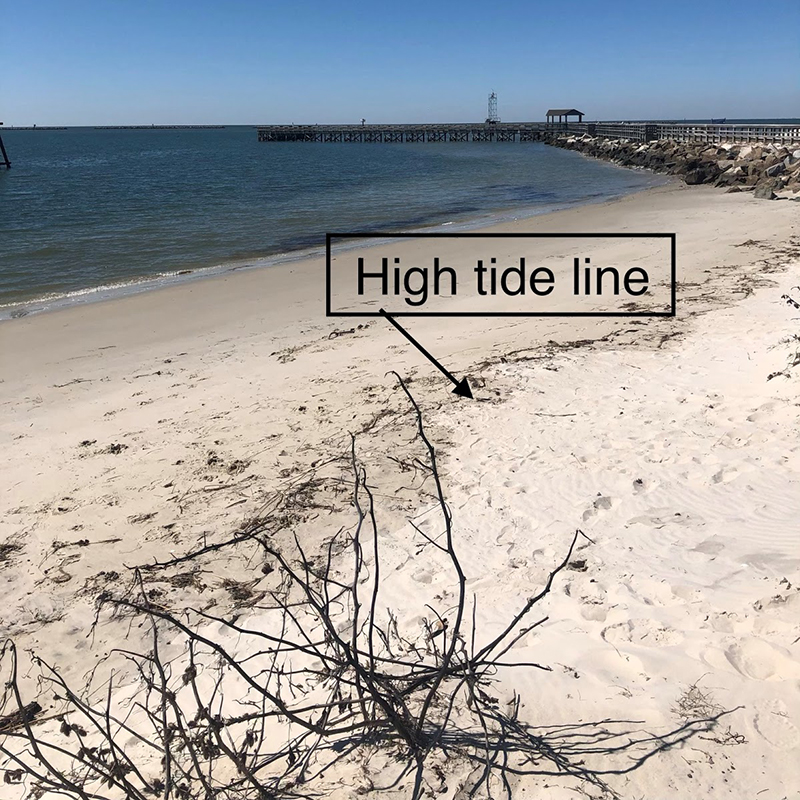 The high tide line is the line on land up to which the highest water line reaches during the spring tide. This line can usually be identified as the line in the sand separating the dry and wet sand. It is also usually identified as a line of wrack or a concentration of shells and/or rocks. At most barrier island sites on the seaside that are open for public use, all areas above the high tide line are closed April – August to protect shorebirds that nest on the beach and other sensitive resources. Please visit site pages for specific information about particular seaside locations.
The high tide line is the line on land up to which the highest water line reaches during the spring tide. This line can usually be identified as the line in the sand separating the dry and wet sand. It is also usually identified as a line of wrack or a concentration of shells and/or rocks. At most barrier island sites on the seaside that are open for public use, all areas above the high tide line are closed April – August to protect shorebirds that nest on the beach and other sensitive resources. Please visit site pages for specific information about particular seaside locations.
Most of the Virginia barrier islands are managed to protect sensitive natural resources and are open for low-impact visitor use with restrictions. Activities considered high-impact and are prohibited from most of the islands are camping, campfires, dogs, motorized vehicles, UTVs/ATVs and landing of aircraft. Please visit site pages for specific information about particular seaside locations.
The signs you see along the beach are a reminder that the habitats along Virginia’s seaside are important bird nesting areas . Nests, eggs, and chicks blend into the surrounding habitats very well and can be extremely hard to see. For the protection of the birds and their nests, all areas above the high tide line are closed during the breeding season (April – August), including some areas without signs posted.
No, all areas above the high tide are closed even if there are no signs posted in some areas. We do not have enough resources or time to post the entirety of every island and therefore only post areas that have the most human traffic during the breeding season. Please stay below the high tide line in all areas and use designated corridors for crossing over from the back side of the islands to the oceanfront.
Camping is not permitted on Virginia’s barrier islands. Camping is permitted on Mockhorn Island Wildlife Management Area, a remote marsh island between the mainland of the Eastern Shore and the barrier islands. Please note information about Access Permit requirements and camping guidelines and restrictions.
Camping is also permitted on state owned sandbars and/or marsh islands as conditions allow. Contact the Virginia Marine Resources Commission for more information about these opportunities.
Camping is also permitted on the Maryland portion of Assateague Island and is managed by the National Park Service as part of Assateague Island National Seashore.
Shorebird populations have been in steep decline over the last 50 or more years. They face numerous challenges throughout their life cycle such as habitat loss, lack of food availability, predation, climate change, sea level rise, and more. Many of these birds nest on open beaches and are at the mercy of weather, tides, predators, and disturbance caused by human activities. On the ESVA seaside, partners work together to provide habitat where these beach nesting birds can raise young with minimal human disturbance.
If you are anywhere above the high tide line then you are too close. Beach nesting bird nests and eggs blend into the sand and shells and can be very hard to see and very easy to step on. Some birds will call loudly and/or divebomb you when you get too close to their nest/young, but not always. Please always stay below the high tide line during the breeding season (April – August).
Much of the Seaside of Virginia’s Eastern Shore is a remote coastal wilderness with difficult access requiring transportation by boat and a working knowledge of local waterways. Several local vendors offer guided tours of the Seaside providing options for visitors to experience this unique area. Many of these vendors have been certified under the Virginia Ecotour Guide Certification Program which provides training in wildlife and habitat protection, customer service, interpretation and planning. For more information about the Certification Program and a list of Certified Ecotour Guides on the Eastern Shore and throughout coastal Virginia, visit the Virginia Water Trails website.
You may also visit the Virginia Eastern Shore Chamber of Commerce to see a complete list of ecotour guides in the area who are registered with the Chamber.
Please remember that the seaside of Virginia’s Eastern Shore is almost entirely owned and managed by non-profit, state and federal agencies. Guided commercial tours are not permitted on many properties but several programs are in place to permit or license guided trips at certain locations. When booking a trip, please be sure to ask your guide about specific permits or licenses in place.
For those who may not be looking for a boat-based tour, Fisherman Island National Wildlife Refuge offers guided tours (accessible by vehicle) during the months of October through February. Reservations for the tours are made by calling the refuge office at (757) 331-2760.
Coming soon…
There are several reasons why visitors should not feed wildlife in natural areas, including Virginia’s seaside:
- Most wild animals need to eat specific kinds of food to stay healthy and therefore “people food” is not good for them and in some cases can cause wildlife to become sick or even die.
- Feeding wildlife can make the animals become comfortable around people which can lead to them becoming a nuisance or safety risk to humans and themselves.
- Feeding can attract certain types of wildlife into areas where they normally would not be and result in them becoming a threat to other wildlife (e.g. attracting raccoons into bird nesting areas). This can result in those animals unnecessarily becoming the target of management actions.
- Feeding wild animals can spread diseases when groups of animals congregate unnaturally to take advantage of an artificial food source.
When visiting Virginia’s seaside, please observe wildlife from a distance and remember that feeding them will cause more harm than good.
A great way to learn more about the barrier islands is by visiting the Barrier Islands Center in Machipongo, VA. Their mission is to preserve and perpetuate the unique culture and history of Virginia’s Barrier Islands through education and the collection and interpretation of artifacts.
Campfires are prohibited on all of Virginia’s barrier islands, except by permit only on Chincoteague National Wildlife Refuge. Campfires are permitted at other locations on Virginia’s seaside including Mockhorn Island Wildlife Management Area and state owned sandbars and marsh islands. When making campfires in designated areas, please practice Leave No Trace principles in order to minimize the impact of your campfire.
Most of the barrier islands are remote with no facilities, amenities, or emergency services, and are dynamic coastlines that are subject to quickly changing conditions including tides, winds, currents, and other weather. When planning a visit, know the risks and please come prepared. If you have an emergency, please call for help immediately (see next question) and find a safe place to wait.
There are no restrooms on any of the barrier islands except for Chincoteague and Assateague (on the National Wildlife Refuge).
There are several different ways you can get involved in citizen science.
iNaturalist is a great way to record wildlife and plants you find and share with other naturalists. iNaturalist also helps you identify which species you may have found. Visit the website or download the app on your phone.
eBird is another citizen science database used by birders. eBird uses observations for research, monitoring, and conservation planning. Visit the website or download the app.
Monarch Watch is a citizen science database where you can report tagged monarch butterflies that you find. Monarchs gather each fall to migrate south for the winter. You can help scientists understand their migration route by reporting any tags you see. Visit their website for more information.
Coming soon…
For dead or injured marine mammals or sea turtles, please report to the Virginia Aquarium Stranding Response by immediately calling their 24 hour stranding hotline: (757) 385-7575. DO NOT approach or touch dead or injured animals. Wild animals can be dangerous and carry many diseases so keep your distance! For other injured wildlife or unusual observations, please contact the Virginia Department of Wildlife Resources.
Note: some shorebirds (such as Piping Plovers and Killdeer) use a distraction tactic where they act as if they have an injured wing to lead predators away from their nest. If you see this display, the bird is most likely not injured, you are just too close to their nest or young and need to move away.
The Maryland Fishery Resources Office has been coordinating a coast-wide tagging program for horseshoe crabs since 1999. Crabs have been tagged by researchers and biomedical companies conducting numerous studies on horseshoe crabs along the Atlantic Coast. If you find a tagged horseshoe crab you can report your findings on their website and find out where the crab was tagged!
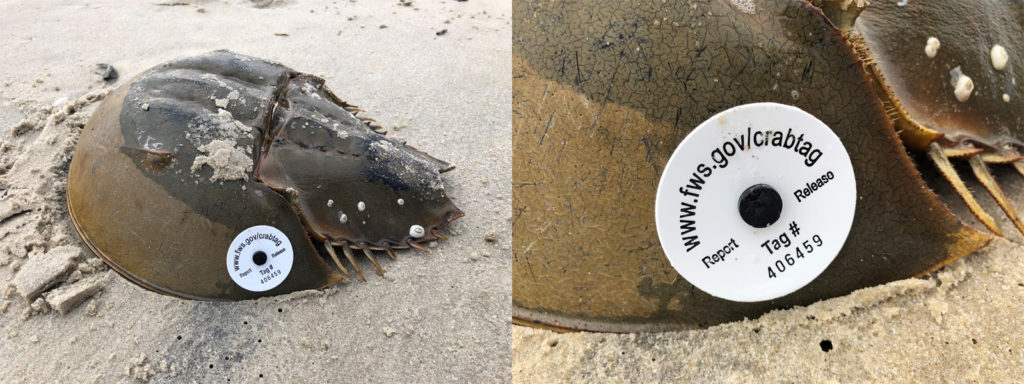
Coming soon…
If you find a young bird that seems to be alone or abandoned, most likely the parents are nearby and watching. DO NOT pick up or move any wildlife. The best thing you can do for a young bird is move on and let the parents come tend to it again.
It can be hard to tell the difference between resting or injured. However, you can look for any obvious wounds, broken bones, breathing problems, discharge from the eyes/nose, lameness or inability to stand/fly/walk. DO NOT approach a wild animal under any circumstance. If you have good reason to believe an animal is sick or injured, please contact the Virginia Department of Wildlife Resources.
No. Visitors are not permitted to collect any parts of migratory birds (including nests and feathers) or parts/bones of whales, dolphins and sea turtles. These actions are prohibited by several laws that apply throughout the United States and not just on Virginia’s seaside:
- The collection of all bird feathers, nests, and bones is strictly prohibited under the Migratory Bird Treaty Act. This statute makes it unlawful to pursue, hunt, take, capture, kill, or sell birds listed as migratory birds and also grants full protection to any bird parts including feathers, eggs, nests, and bones.
- The collection of bones or any parts from any type of marine mammal (dolphins, whales, seals, etc.) is strictly prohibited under the Marine Mammal Protection Act. This act prohibits the “take” of marine mammals in U.S. waters and the importation of marine mammals and marine mammal products into the U.S.
- The collection of any sea turtle bones, shells, or other parts is strictly prohibited by the Endangered Species Act. All five species of sea turtles are listed as federally threatened or endangered and therefore, any action that causes “taking” of these species is prohibited.
Surf fishing is allowed on all Virginia barrier islands that are open for recreational use. Please be aware of seasonal closures and restrictions to protect nesting birds and other resources, recommended access areas, and safety concerns with accessing these remote areas.
Fishing is only allowed at designated areas on Chincoteague National Wildlife Refuge. Please visit their website for details on fishing areas and additional regulations.
State license and possession limit regulations must be observed at all times.
The use of drones within the remote Eastern Shore of Virginia (ESVA) Seaside must be approached carefully and considering existing laws, rules, and regulations – many seaside landowners and managers do not allow recreational drones on their property. Visitors who fly drones may unknowingly disturb sensitive wildlife, put themselves and their drone at risk of being damaged or destroyed by threatened/frightened wildlife, or negatively disrupt or interfere with the experience of other visitors. Be a good steward, learn the rules of the air for drones, and fly responsibly.
- Recreational use of drones on property owned and managed by The Nature Conservancy on the ESVA Seaside is prohibited. Commercial use of drones for research purposes is allowed by permit only and is subject to seasonal and site restrictions to protect sensitive resources – contact the Virginia Coast Reserve office for more information.
- Recreational use of drones on property owned and managed by the U.S. Fish and Wildlife Service is prohibited. Commercial use of drones for research purposes is allowed by permit only and is subject to seasonal and site restrictions to protect sensitive resources – contact the Chincoteague National Wildlife Refuge Complex office for more information.
- Drones in National Parks:
As of August 20, 2014 unmanned aircraft (also known as “drones”) are not permitted to be launched, landed or operated within areas or lands managed by the National Park Service. This includes Assateague Island National Seashore. More info here.
- As per the Code of Virginia 4VAC5-30-400 // 2010, drones are prohibited from operating in any DCR owned property without a special use permit issued from DCR. Only commercial or research-based drone operations are eligible to request a special use permit. That process can be initiated by submitting a research permit application to the Division of Natural Heritage for Wreck Island. More information regarding special use permits and operational limitations can be found here.
- Drones are not permitted on Mockhorn Island Wildlife Management Area, which is owned and managed by the Virginia Department of Wildlife Resources. 4VAC15-20-240. Use of drones for certain activities prohibited. (virginia.gov)
Collection of artifacts is prohibited on the Virginia barrier islands. However, if you find an artifact, please take a picture and GPS coordinates on your phone if you are able. Artifact pictures and coordinates should be emailed to Mike Clem, the Eastern Regional Archaeologist for the Virginia Department of Historic Resources (email: mike.clem@dhr.virginia.gov).
Lifeguarded beaches are available on both the Virginia and Maryland portions of Assateague Island. Visit Chincoteague National Wildlife Refuge and Assateague Island National Seashore for more information.
At all other sites that are open for recreational use on Virginia’s seaside, visitors can swim along the shorelines AT THEIR OWN RISK. Most of Virginia’s barrier islands are remote with dynamic coastlines and inlets that are subject to quickly changing conditions including tides, winds, currents and fast changing weather. Additionally, the majority of Virginia’s seaside has no facilities, amenities, or emergency services. When planning a trip, visit specific Site Pages to learn more about visitation policies.
At sites that are open for recreational use on Virginia’s seaside, visitors can land their boats along the shorelines AT THEIR OWN RISK. Most of Virginia’s barrier islands are remote with dynamic coastlines and inlets that are subject to quickly changing conditions including tides, winds, currents and fast changing weather. Additionally, the majority of Virginia’s seaside has no facilities, amenities, or emergency services. Only experienced boaters with knowledge of local waterways should attempt to access these remote locations. When planning a trip, visit specific Site Pages to learn more about visitation policies and recommended access points.
When landing a boat on the seaside, remember that all areas above the high tide line are closed April – August in most locations. During this time, visitors should use inlet beaches or cross-over corridors provided in some areas to access the oceanside.
Please see the Chincoteague National Wildlife Refuge website for a list of specific boat landing areas on Assateague Island.
Biking on the beach is prohibited at Chincoteague National Wildlife Refuge. Visitors can find many good biking trails on the Eastern Shore mainland such as The Nature Conservancy’s Brownsville Preserve, Kiptopeke State Park, Savage Neck Dunes Natural Area Preserve, and the Southern Tip Bike & Hike Trail.
Deer: On Chincoteague National Wildlife Refuge, public hunting of sika and white-tailed deer is allowed during designated times and in designated zones. A refuge permit is required to hunt and all state and federal regulations apply. Visit the refuge site for more details.
The Eastern Shore Refuge also allows public hunting of white-tailed deer during designated times and in designated zones. A refuge permit is required to hunt and all state and federal regulations apply. Visit the refuge site for more details.
The GATR tract of Mockhorn Island WMA is open to white-tailed deer hunting but is regulated through the Department Quota System. Please visit their site for more details.
No deer hunting is allowed on Wreck Island or any islands owned by The Nature Conservancy.
Turkey: Spring turkey hunting is allowed at Mockhorn Island WMA and is managed through the Department Quota System. Please visit their site for more details.
Turkey hunting is prohibited on any other seaside properties.
Waterfowl: There are extensive marshes on the seaside for waterfowl hunting. State owned marshes are open for waterfowl hunting. Mockhorn Island WMA is open to public hunting of clapper rail and waterfowl. Chincoteague National Wildlife Refuge allows hunting of ducks, geese, swans, coots, and rails. A refuge permit is required, please visit their website for more details.
All hunting is prohibited from TNC and DCR owned islands but waterfowl hunting is allowed on TNC salt marshes by permit only. Please visit their website for more information.
Shell collection is allowed at areas that are open to recreational use. However, shell collection for commercial purposes (i.e. reselling) is strictly prohibited on all Virginia barrier islands. On Chincoteague National Wildlife Refuge (CNWR), each person can only collect one gallon or less of unoccupied shells. Collection of sea glass or driftwood is prohibited on CNWR.
Metal detectors are prohibited on Mockhorn Island Wildlife Management Area, Wreck Island, Chincoteague National Wildlife Refuge, Fisherman Island National Wildlife Refuge, and Eastern Shore of Virginia National Wildlife Refuge.
The use of metal detectors at other Virginia seaside locations that are open for recreational use is permitted for personal use and when conducted in a way that does not negatively impact the surrounding environment.
Coming soon…
Alcohol is prohibited on Chincoteague National Wildlife Refuge and Eastern Shore National Wildlife Refuge.
There are no nude beaches on the ESVA seaside.
Coming soon…
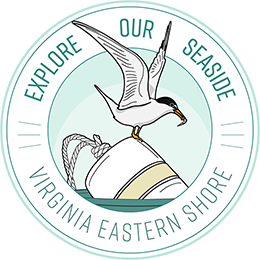
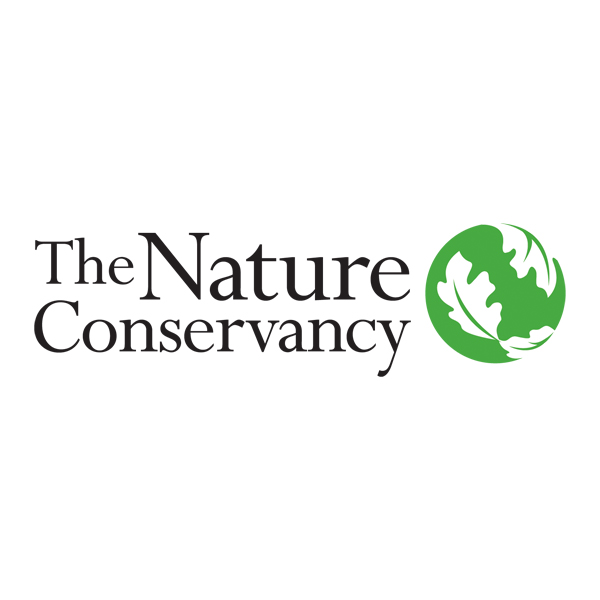

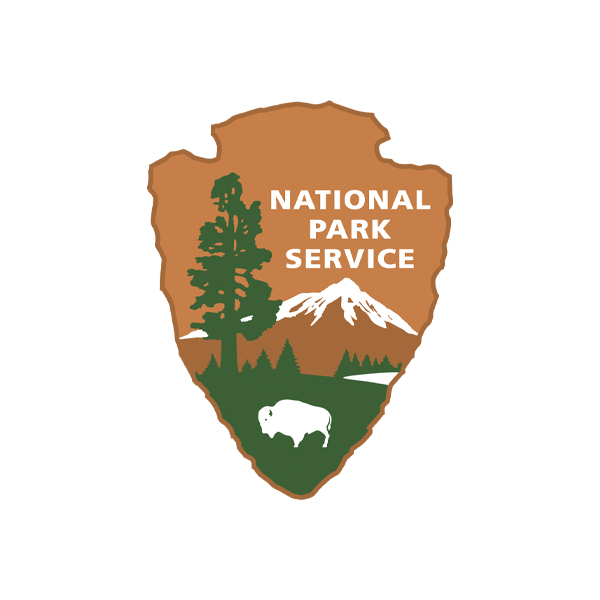

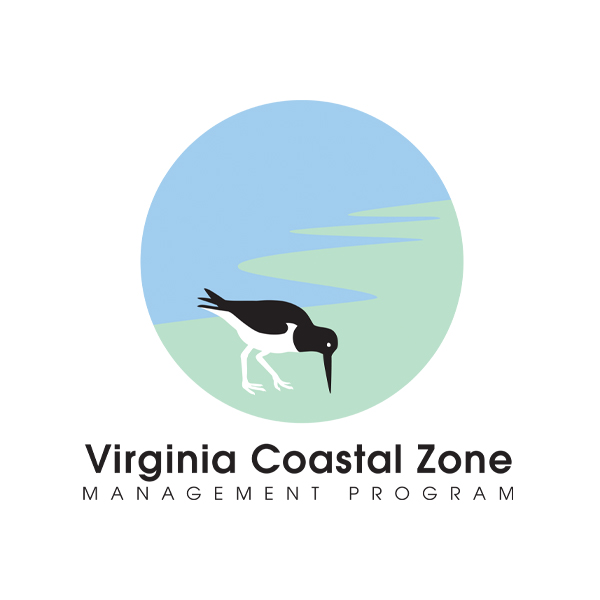
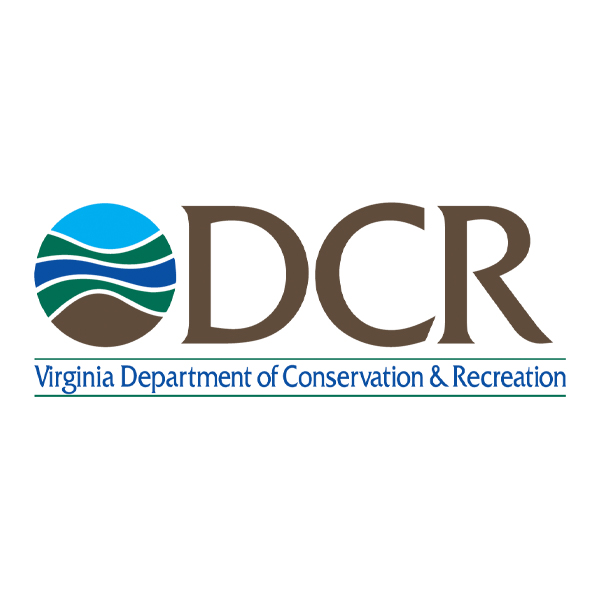
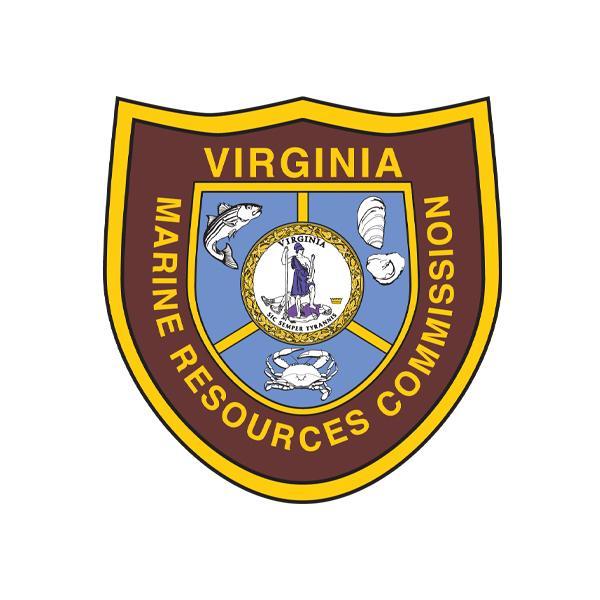
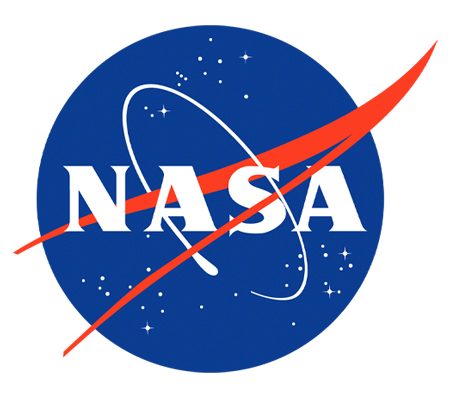
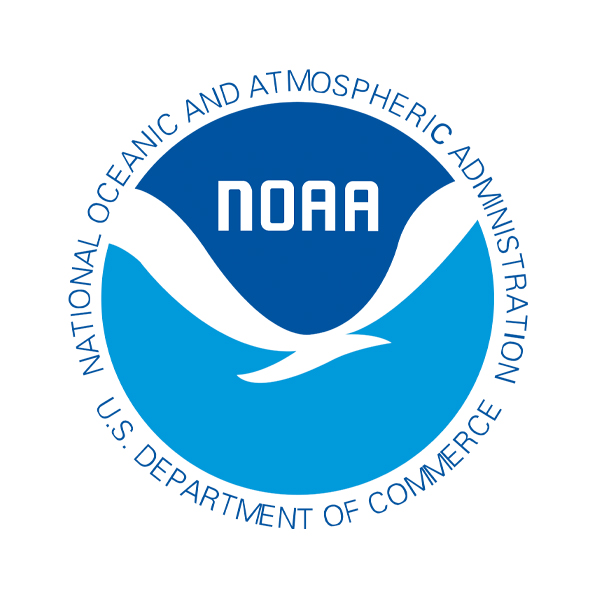

 This project was funded by The Nature Conservancy with support from The Volgenau Foundation and by the Virginia Coastal Zone Management Program led by the Virginia Department of Environmental Quality through Grant #NA17NOS4190152 of the U.S. Department of Commerce, National Oceanic and Atmospheric Administration, under the Coastal Zone Management Act of 1972, as amended. All Explore Our Seaside partners also contributed significant time and effort to the project.
This project was funded by The Nature Conservancy with support from The Volgenau Foundation and by the Virginia Coastal Zone Management Program led by the Virginia Department of Environmental Quality through Grant #NA17NOS4190152 of the U.S. Department of Commerce, National Oceanic and Atmospheric Administration, under the Coastal Zone Management Act of 1972, as amended. All Explore Our Seaside partners also contributed significant time and effort to the project.